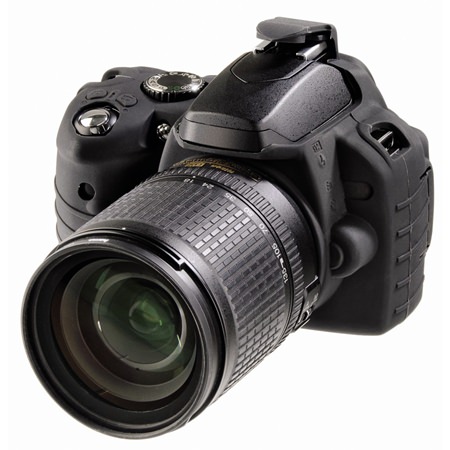Over the years, the questions I receive tend to be about the same subjects, and not related to digital problems. I did get something new the other day, however. The reader went on to write “Bought an S/H D 40 X. Lovely bit of equipment suitable for my needs. I will ask a little advice now and then as I work my way through all its tricks if you don’t mind. I have already picked up a neat infrared remote shutter control and have tested it out to 30 meters. I also picked up a twin battery pack that should give me plenty of backup power. I will look for an AFS VR 200 mm zoom in a couple of months. A question though, I know most of the time it is power economical to leave the LCD off but occasionally it is needed for viewing. I have trawled through the book and menus for both turning it on and also extending the viewing time of the menus but I’m damned if I can find anything about either items. Any suggestions?”

The reader is of course correct that the LCD is certainly a power drain with any digital camera, be that compact or D SLR, and this is why the manufacturers will suggest you use the optical viewfinder. Personally I like the optical viewfinder and have mine set up with a grid pattern on it so I can check horizons and verticals before releasing the shutter. With the Nikon D 40 X, you should be able to turn the screen on and off at will by using the “Info” button which is near the shutter release button and that should do the trick. Are you sure the LCD does not have an automatic power save/shut off ability, which fixes your worries.
Please Support Pattaya Mail
Remember too that most D SLR cameras only view through the eyepiece, unless they have a “live view” function, which the D 40 does not. The LCD is therefore for reviewing an image after it is shot, and setting your menu options. Finally, if you can’t find what you need in the destruction manual, then go directly to Nikon HQ and they will be able to assist. Sorry I cannot be more specific, but each camera brand and each camera model can have individual characteristics that the factory sales representatives know intimately.
One frequent problem that photographers have with Auto-Focus (AF) is getting out of focus results when photographing couples. They frame up well, hear the focus set ‘beep’ and yet the people are not in focus in the final rendition. Another reader wrote, “I have a Pentax (model not given) Autofocus SLR and am generally happy with it and its performance, other than when I am taking people shots. Many times the print comes back and the people in the shot are soft and blurry. I have even used a tripod, in case I was getting camera shake. Any ideas on this? Is it a usual problem with the AF?”
This is easy to fix. AF cameras have a central spot in the viewfinder to find the focusing point in the picture. That AF point is not very large, and obviously does not cover the entire image in the viewfinder. What happens is that when photographing two people, the AF beam goes through between the people and the camera is then auto-focused on the background, not on the couple in the foreground. Check your images Geoff and I am sure you will find you have a crisp background and the soft foreground.
What has to be done is to employ the ‘focus lock’ capabilities of the camera. Set up your shot as usual, positioning the two people as you want. Now swing the camera away until one of the people is now central in the viewfinder and depress the shutter release half way. As the camera focuses on the one person, keep the shutter release half depressed to ‘lock’ the focus and now swing the camera back to recompose the shot and then fully depress the shutter release. The focus point is now at the same distance as the subjects so you will get correctly focused prints.
 |
 |
 |





